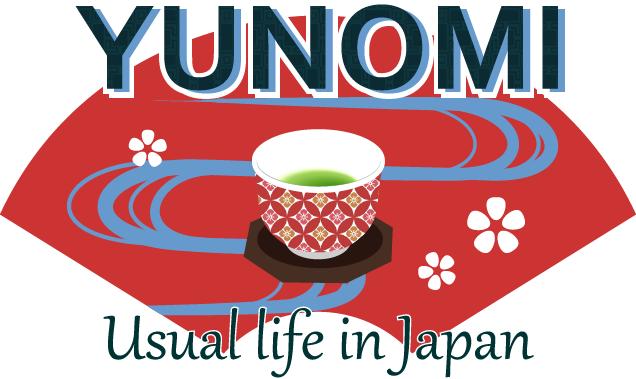-
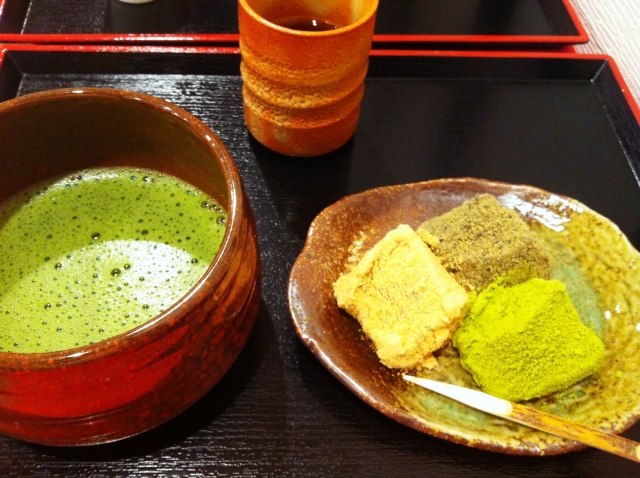
-
Wagashi: An important means to express the seasonal feeling
Do you have anything comes into your mind as for Japanese confectionery? They are made to match with Japanese green tea or Matcha (thick green tea). What is ”Wagashi”? Traditional Japanese confectionery is called ‘Wagashi' which means 'Japanese sweets'. Although there are attempts by Wagashi pâtissiers to use Western techniques to create new types of Wagashi, using eggs and cream etc., Wagashi is traditionally made only from plant ingredients: Azuki red beans which make Anko bean paste, sugar and Kanten agar - no egg nor milk, even wheat flour is not a must. Wagashi different for each season ...
-
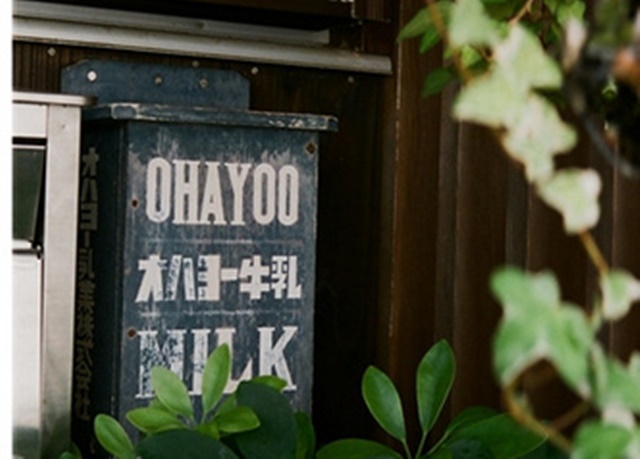
-
Deliver milk to your house
We used to see a little wooden box with a flap lid hung at the house gate. They were to receive delivery of milk bottles. It was a regular sight at anywhere until some decades ago. Such box can be still observed though with much less frequency and now it's made of plastic. Earlier than 1970's, milk used to be a drink to be delivered to home not to buy from the supermarket. Very early in the morning, milk packed in classical glass bottles are delivered by bicycle before -- now by car. Because of the delicacy of the ...
-
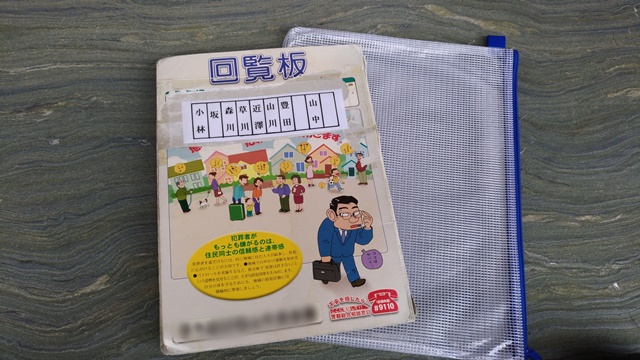
-
Kairan-ban: How to contact within a community group
In this modern age, there is still an analogue communication method alive and active in a residential area. ‘Kairan-ban’ which literally means a ‘circulation board’ is the one. Kairan-ban is a clipped board to circulate within the community carrying non-business, local-based information and announcements such as notice of the community work and events, request for a donation and crime alert. To keep the freshness of the information, members are encouraged to pass it to the next recipient as soon as possible. The order of the circulation is usually the order of the location of the house; it comes from your ...
-
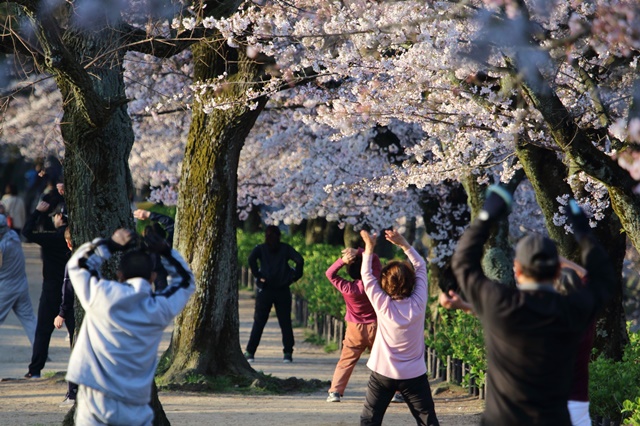
-
Radio exercise: It is Exercise that everyone knows if they are Japanese.
There is a certain exercise that probably no Japanese has missed to learn how to exert. ‘Radio-taiso’, literally means radio exercise, was first introduced in 1928. Ever since, it has been a part of learning at every primary school in Japan. Radio-taiso is exercised by following the sound of piano music and verbal guidance broadcasted by the national radio station. The purpose of radio-taiso chiefly is to strengthen people’s health and to develop the sense of unity. The radio broadcast is every early morning but the exercise can be conducted anytime at your convenience using recorded version. Radio-taiso is such ...
-
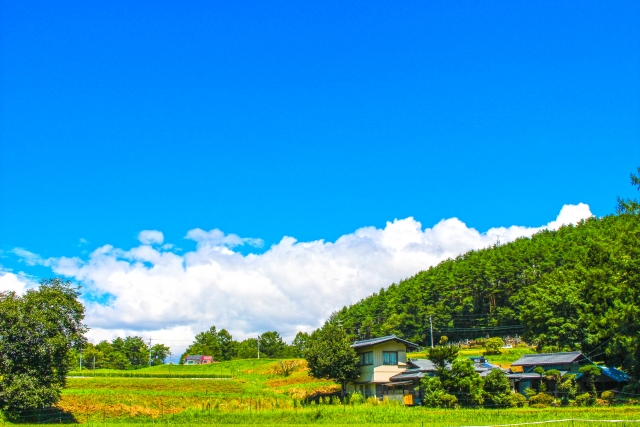
-
How eagerly I have been waiting for Summer holiday!
Every school kids are looking forward to the summer vacation. The summer vacation is the longest school holiday, though in fact the regions where people experience heavy snow or tough coldness, winter vacation is the major holiday of the year and the summer vacation is just transient. However, summer vacation must be the most active and awaited holidays for everyone as it is the best season to visit the sea and mountains! In Tokyo region, for example, it starts from around 20th July until the end of August For compulsory education students – primary and junior high school – there ...
-
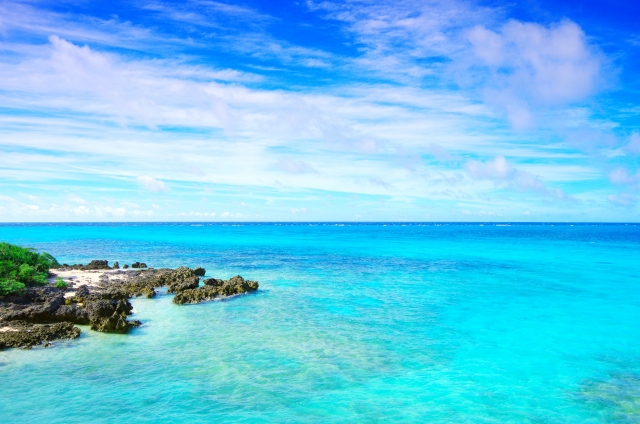
-
Japan summer is Hot and Humid! I highly recommend you to go to Beach resort.
Every coast region have some beach resorts of which they are proud. The announcement of the termination of the rainy season is the notice of the arrival of the summer. People flock to the sunny beaches with families and friends. They enjoy dipping themselves into the sea water, sunbathing or play some beach sports. Umi-no-ie The beach side will be filled with temporary cottages called ‘Umi-no-ie’ (beach house) Umi-no-ie provides various services for visitors to satisfy every kind of needs they would wish to have; shower and bathrooms, space to relax, and serves drinks and light meals. They are ...
-
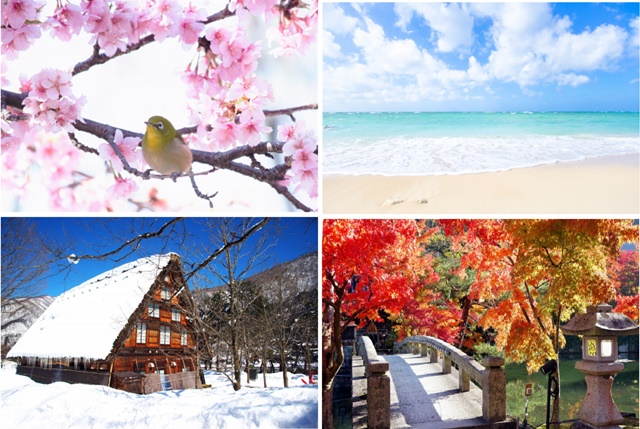
-
Koromo Gae: I changed my wardrobe for new season.
As Japan is blessed with four characteristic seasons, we need to survive all of distinctive environment. So our house and closet are filled with the items and gears for the survivals; from icy cold in winter to burning heat in summer. Clothing is switched basically twice a year In fact the dates are officially set; 1st June and 1st October. Of course you can wear anything any time to make yourself comfortable but official clothes such as uniforms are changed in a snap on those days exactly – summer version from 1st June on starts and winter version from ...
-
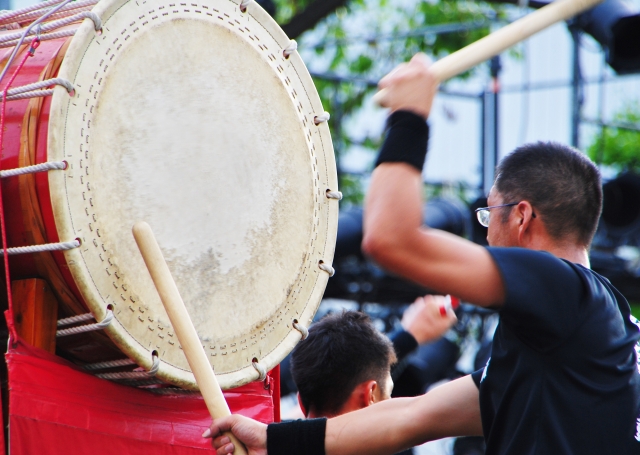
-
If you love festivals, you should go to Japan in summer
Summer festival -Natsu-matsuri in Japanese - is one of the largest events in each community. Some of them are so prominent that attract a flock of visitors and tourists, even from abroad. But in fact, almost every local community holds their own summer festival. So just imagine thousands of summer festivals are happening throughout the season, throughout Japan. Such local-based Natsu-matsuri is a great opportunity for reconnection among the neighbours; people are too busy with each body’s activities - a person who lives in your next door doesn’t mean you can catch often. But the day of the Natsu-matsuri ...
-
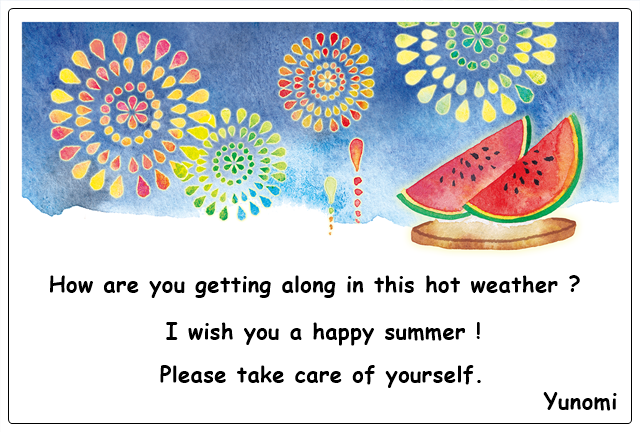
-
How about trying to send Shochu-mimai in summer in Japan?
In the age of internet, sending a physical postcard seems to be outmoded. But the fashion still persists with some nostalgia. There is one greeting card specific for the middle of summer. ‘Shochu-mimai’ greeting card is the postcard exchanged in the mid-summer The main purpose is to share the sympathy in enduring the consecutive days of harsh heat and remind the recipient to take good care of him/herself. Actually, there is a great deal of potential risk for heat stroke in recent years, and basically there’s high risk for food poisoning and loss of appetite in summer. ...
-

-
At school in Japan We will teach swimming from elementary school.
wimming lesson seems to be set as one of the crucial parts of the education in Japan. Every school usually is equipped with a swimming pool, and kindergarten will not complete their time-table without giving children a dip during the mid-summer Learning swimming at swimming club is one of the most popular activities that parents arrange for their small children, often for health purpose, as many parents claim that the children became tougher against cold after starting swimming lessons. Swimming in school curriculum starts in June in Kanto region. It is still in the middle of annual rainy season so ...
